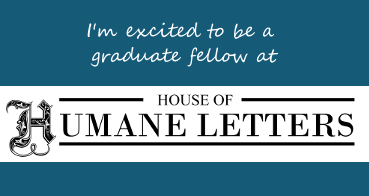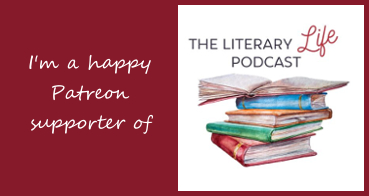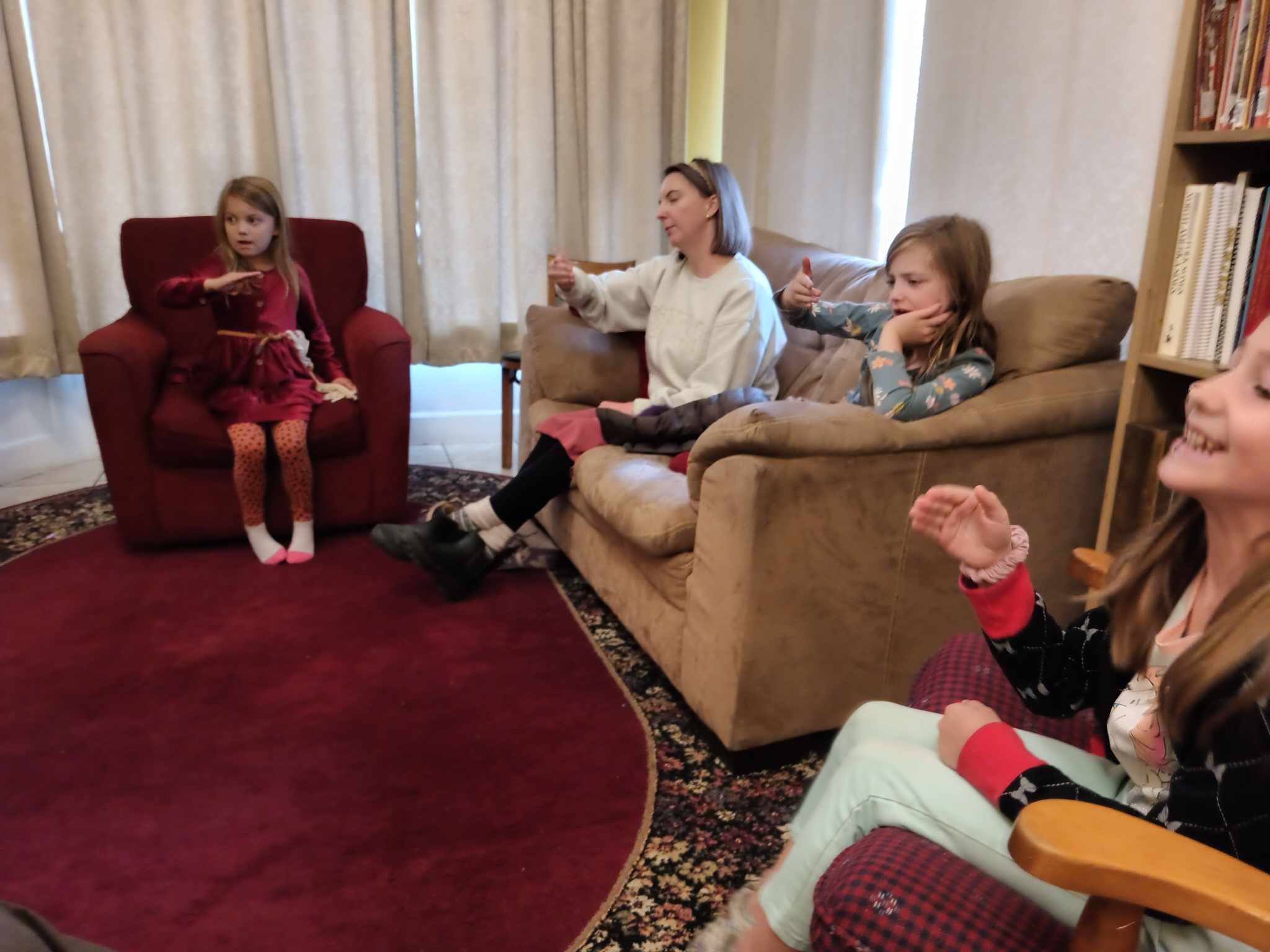
Solfège
Solfège (or sol-fa) is a method to train the voice to sing on pitch and to identify notes and intervals by sight and ear. Charlotte Mason utilized Solfège in her schools. A simplified version of the method can be glimpsed in the movie The Sound of Music when Maria teaches the Von Trapp children the do-re-mi song. Hand symbols are used to identify each note of the scale, as the notes are sung. For my classes I follow a sequence that builds from the most natural interval known to a child (So-Mi….mom calling out the child’s name). Children will begin to recognize these intervals in the traditional nursery and folk songs that we sing.

Narration
In a Charlotte Mason education, Narration begins at age 6, or Year 1 of school. As with all skills it starts small, merely a sentence or two, although some children can be quite verbose at this age. Narration is just telling back what you heard (or saw) and has likely been going on in the child’s life since he could talk and tell you all about what happened at the neighbor’s house or on her favorite movie. Narration can be done in various ways — acting it out, using Legos, drawing, etc., but in this short class we stick with a simple retelling of the story or section of the story that they have just heard. Not only does it help the child process the story and connect with ideas, but it also builds story-telling and public speaking skills. (See Recitation below, a new addition for Fall, 2025)
While Solfège and Narration have already been a part of Story, Rhyme, & Song, the three below are new additions for Fall, 2025.
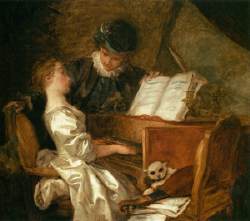
Picture Study
Picture Study (or Art Study or Picture Talk) is for appreciation and to become familiar with (have a relationship with) a particular artist’s work. We simply look at the work and talk about what we see. This will take no longer than 5 minutes of our class time. I will likely follow the AmblesideOnline rotation schedule.

Composer Study
Like Picture Study, this is for appreciation and will not be a music history or theory study. And with these two ‘studies’, we also practice a form of narration as we talk about what we see and what we hear. Perhaps the child will find that it reminds her of something else — another picture or piece of music, something in nature, or maybe a story that they know. It’s all about developing a relationship and making connections. We may or may not (teacher’s discretion and whim) follow the AmblesideOnline rotation schedule. This short ‘study’ will be no longer than 7 minutes.
Recitation
I hope that my readers will train their children in the art of recitation; in the coming days, more even than in our own, will it behove every educated man and woman to be able to speak effectively in public; and, in learning to recite you learn to speak. ~Charlotte Mason, Home Education, p. 224
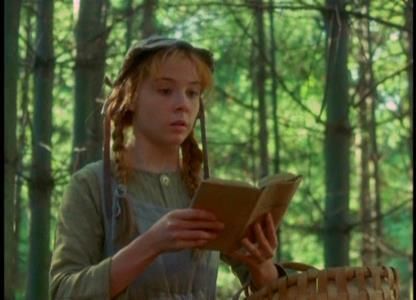
As Miss Mason says, recitation and committing to memory are not necessarily the same thing, and for this class we will simply practice reading a sentence (for the youngest ones) or paragraph clearly and with expression. It can be Scripture, a poem, or from a story. Each student will have the opportunity to practice every week. We’ve already been trying some tongue-twisters and will continue that practice.
11. But we, believing that the normal child has powers of mind which fit him to deal with all knowledge proper to him, give him a full and generous curriculum; taking care only that all knowledge offered him is vital, that is, that facts are not presented without their informing ideas. Out of this conception comes our principle that,––
12. “Education is the Science of Relations”; that is, that a child has natural relations with a vast number of things and thoughts: so we train him upon physical exercises, nature lore, handicrafts, science and art, and upon many living books, for we know that our business is not to teach him all about anything, but to help him to make valid as many as may be of––
“Those first-born affinities
“That fit our new existence to existing things.”Principles 11 and 12 of Mason’s 20 Principles

